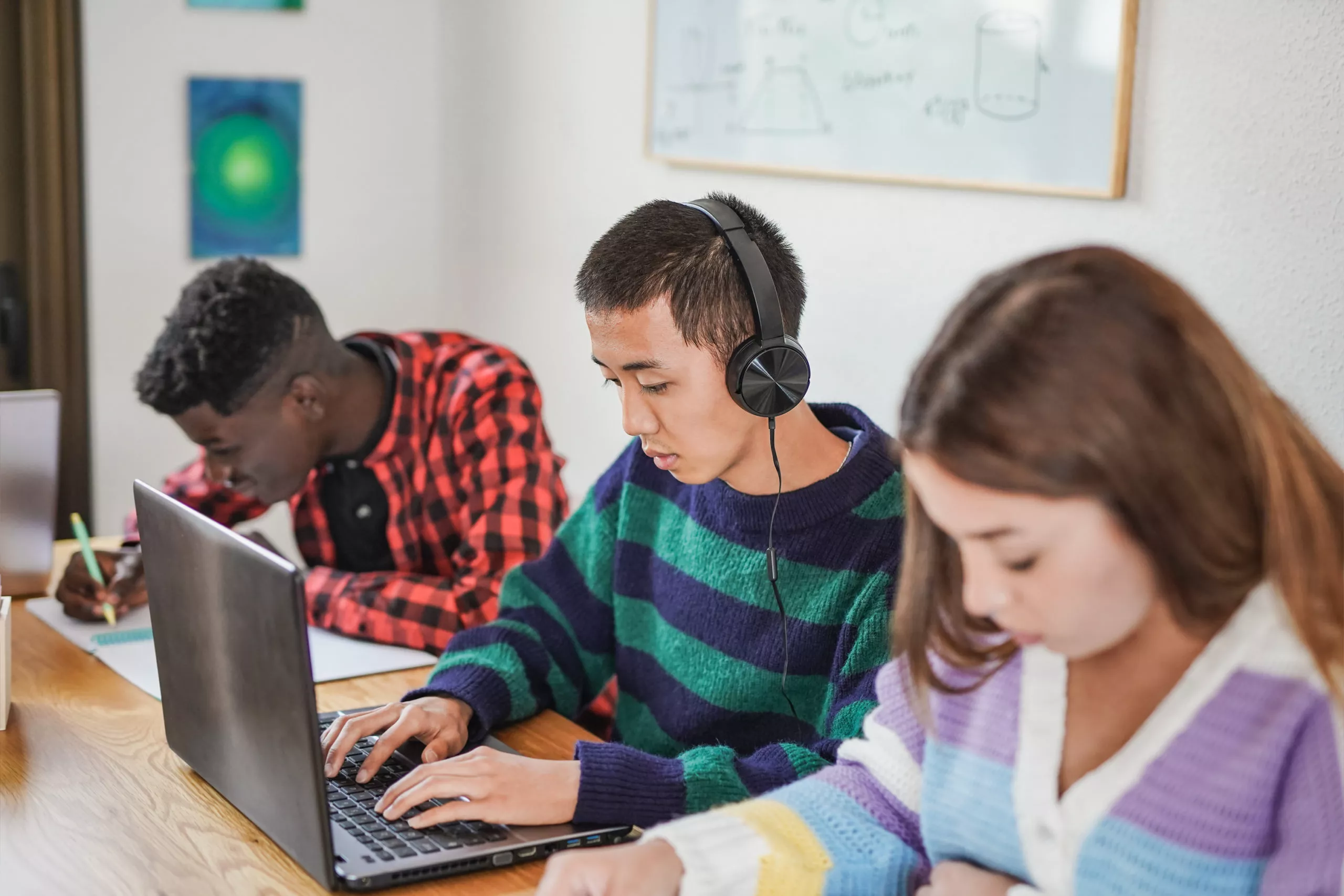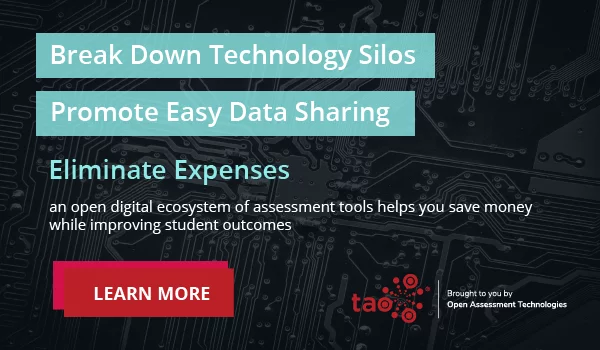The idea of personalized learning has been with us for quite some time now, acknowledging – and even embracing – the diverse needs and interests of individual students, as well as their skills and strengths. With this approach to education, students don’t all have to learn the same things in the same way, but are supported on their own individual learning journeys, getting away from the ‘one size fits all’ approach traditionally adopted in school education settings. We’ve always known that students are not all the same. This year, however, they are particularly different.
What personalized learning methods are there?
Personalized learning methods can be as diverse as the students they are trying to help. The methods employed in different schools may include:
- Creating learner profiles with detailed information on each student in order to help teachers develop individual schedules for students based on weekly updates on progress and interests
- Using individual mastery of the materials (rather than seat-time) as a measure for progression
- Adapting the environment students learn in by basing the way teachers use space, time and resources in the classroom on how the students – as individuals – learn best.
The question for 2022 is: are these methods sufficient to be able to cope with the extra challenges students and teachers are facing now?
Post-pandemic challenges
As with education in general, personalized learning in education has taken a bash during the pandemic. In theory, personalizing learning for different students could have been an easier task than normal whilst the schools were shut, because students were all learning individually anyway. In practice, however, time investment became an important factor as materials appropriate for the new teaching and learning situation needed to be developed fast, and addressing individual needs must have seemed to many teachers during this time an unaffordable luxury. And now they are in the process of trying to return to normal, except that the normal has changed.
According to Paul Emerich France, author of Reclaiming Personalized Learning, personalized learning tools will probably be needed after the pandemic more than ever before, as students enter classrooms with varied experiences during the pandemic, as well as uneven skill sets and knowledge levels. He says that the inequalities which have always existed are now being ‘framed as learning loss, with parents, administrators and educators advocating for learning recovery or acceleration’. This approach, he says, is likely to incite panic and anxiety.
Instead, the focus should be on healing, he says, especially as our students carry in the trauma, pain and disconnection that have resulted from a year of learning through a pandemic. In his opinion, the way forward is to prioritize healing. Neuroscientist and educator Jared Cooney-Horvath agrees. ’Students coming back from digital come back stressed’, he says, and emphasizes the need to de-stress before any new learning can take place.
So where does personalized learning come into this equation? As Emerich France says, the inequalities between students in terms of learning are greater than ever before, and the anxiety levels are higher. This means personalized learning has suddenly become more important. To address this, Emerich France makes the following suggestions to schools: come away from quantitative test scores and academic achievement, use small-group instruction and individualized conferences in teaching as well as whole-group lessons, and keep the students connected with each other.
What role can technology play?
There are some positives that have come out of the pandemic, though: both teachers and students are now more experienced when it comes to using technology in teaching and learning practices, and some think this will have benefits when it comes to finding appropriate methods for personalized learning. So how exactly can the Edtech sector help to provide the personalized learning students need?
There are several ways educational technology can help provide personalized learning solutions. It can be used, for example, to streamline teaching processes and give students the support they need in a more personalized way. Some assessment systems provide educators with the possibility of directing students to different question content according to their previous results. Such adaptive testing systems store information about each student as they progress through a learning program, and can tailor the path the student takes, based on previous ones. Cooney-Horvath, however, urges caution where computer-based learning is concerned. He suggests stepping away from technology for the moment, as we come out of the pandemic, and gradually tapping into it again on a small scale at a later stage.
Getting the balance right, individually
As students resume their education in the classroom, personalized learning has suddenly become more important than ever before, and therefore it’s more important to get it right. The differences in what students learnt during the pandemic varies tremendously from one student to the next, meaning that the gap in education levels – and the difference in students’ needs – is greater than before. It’s not all about the knowledge that has been gained – or not gained – during the pandemic, though, but also about students’ emotional needs. Part of making personalized learning more human is to understand individual learners’ needs, says Emerich France. Above all, he says, ‘We must tread lightly as we plan for a new school year, and we must ensure healing comes without inflicting any further harm on our students’. The answer is to get the balance right for each student.


